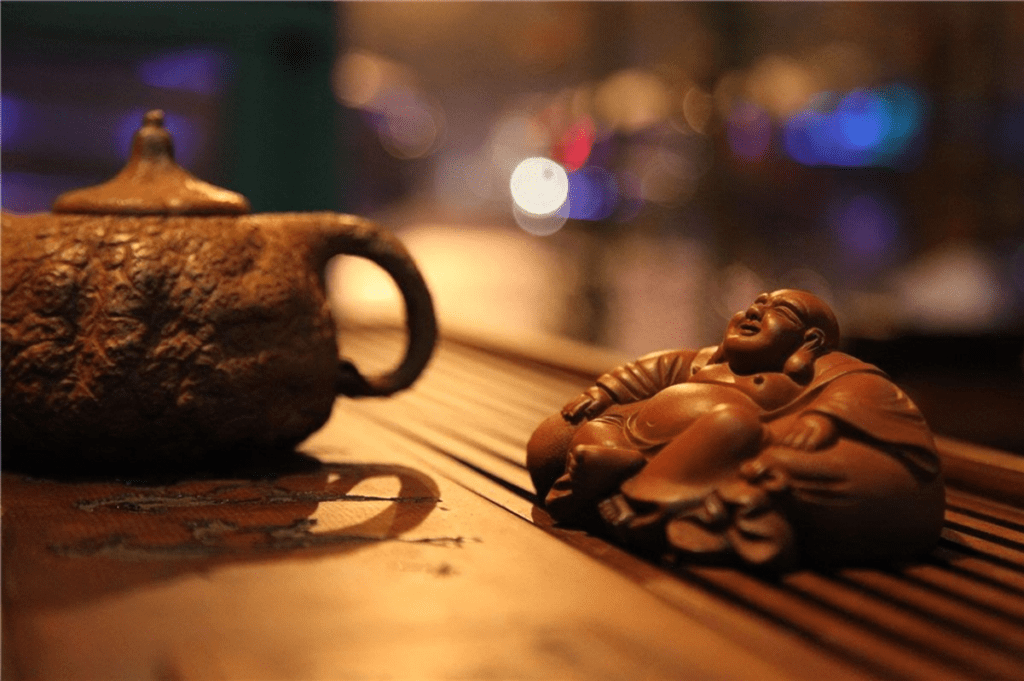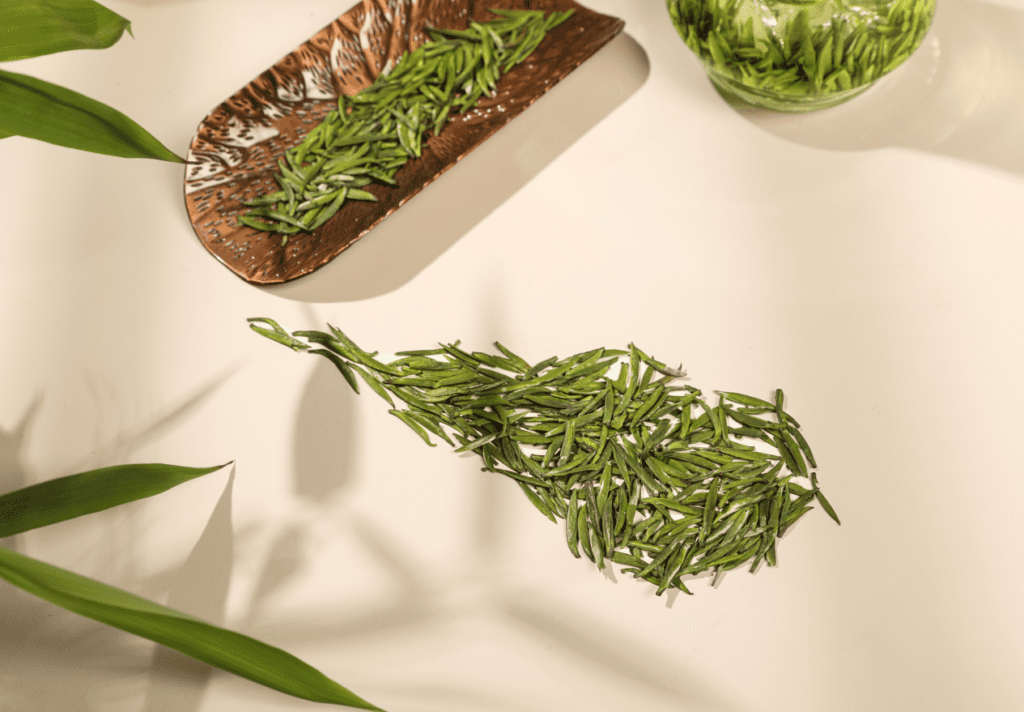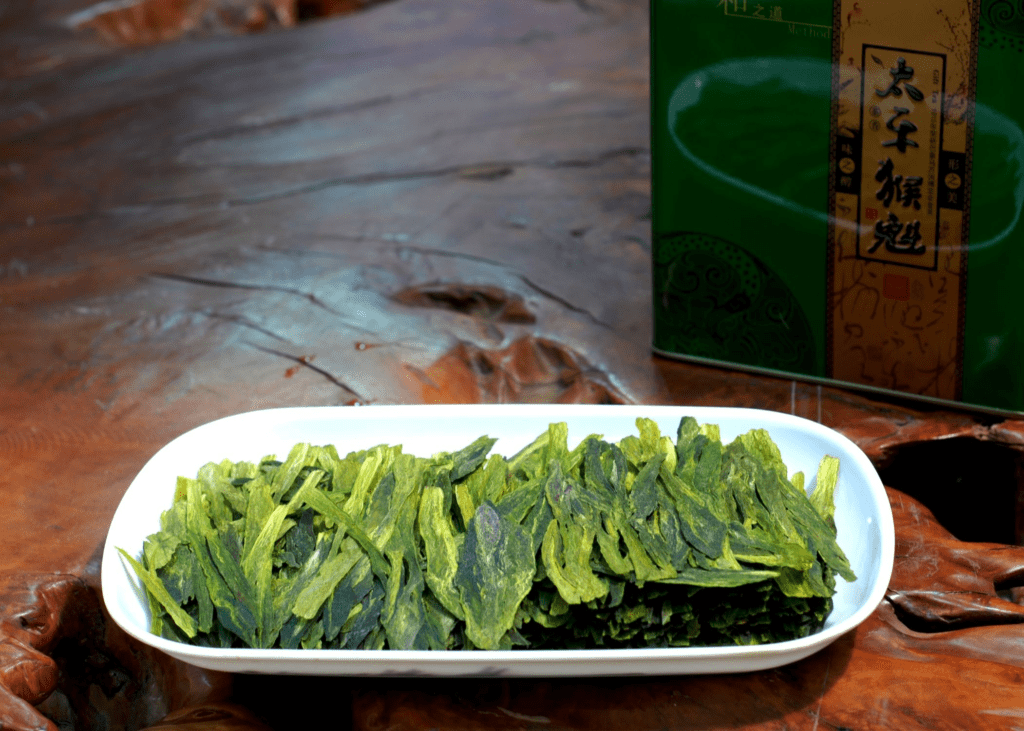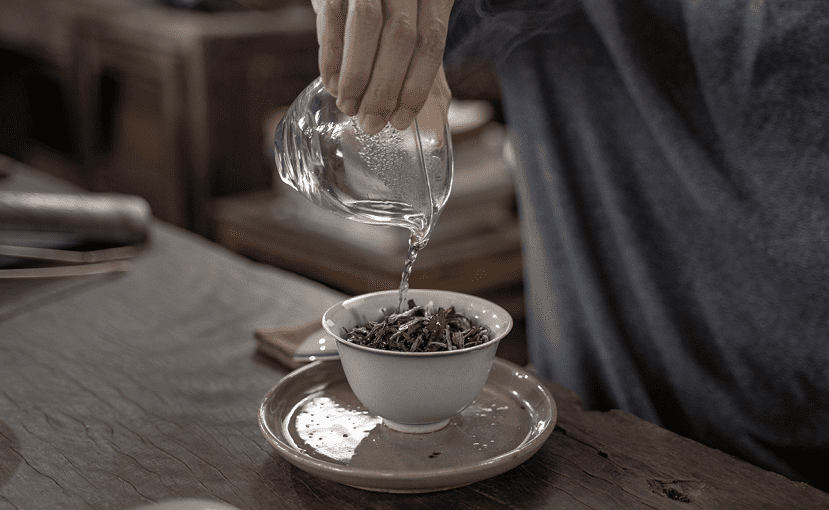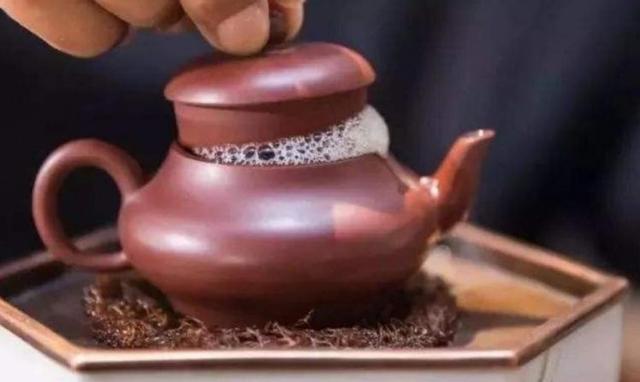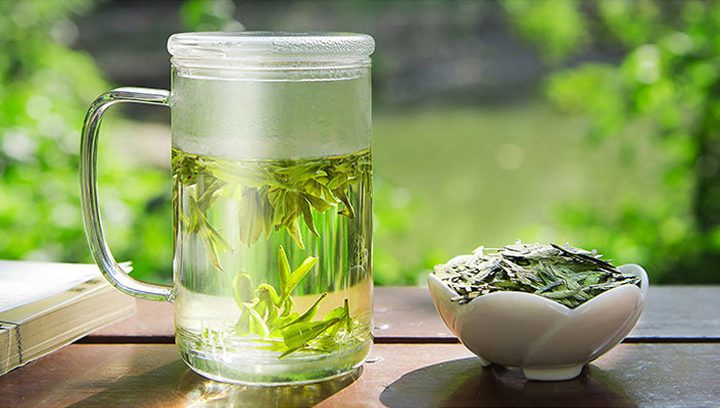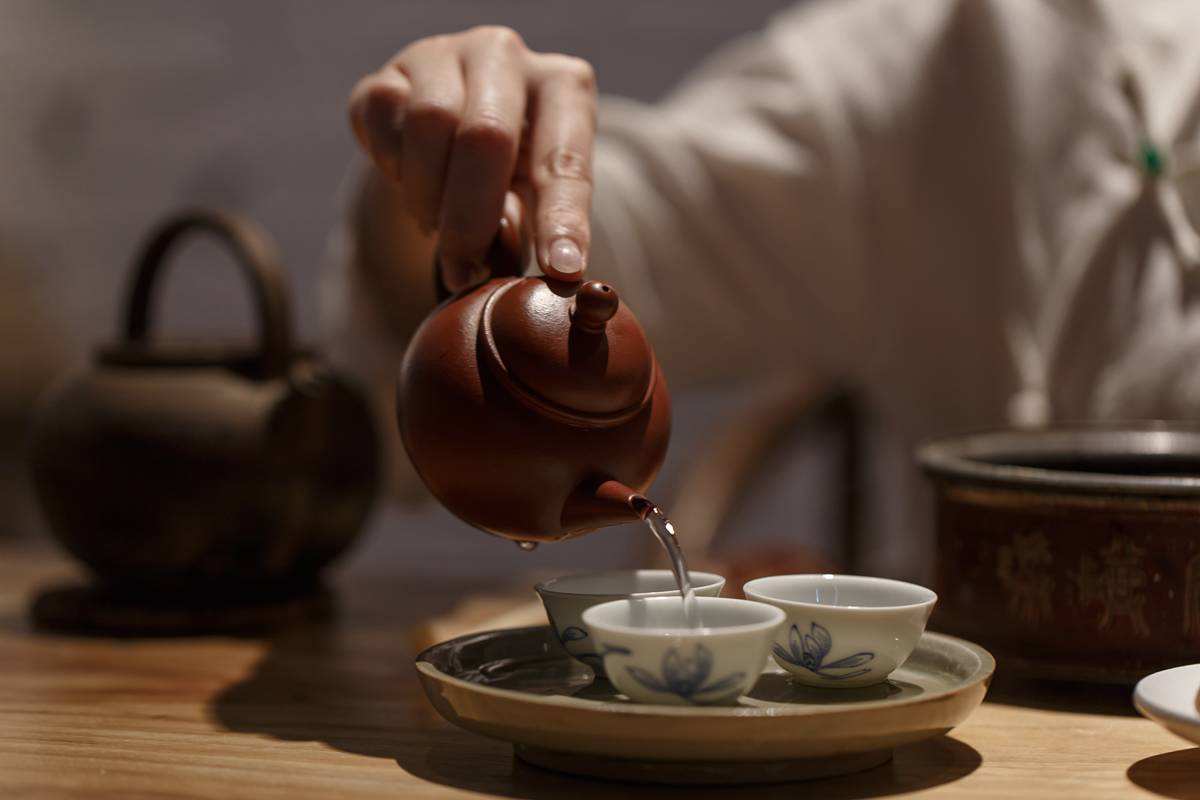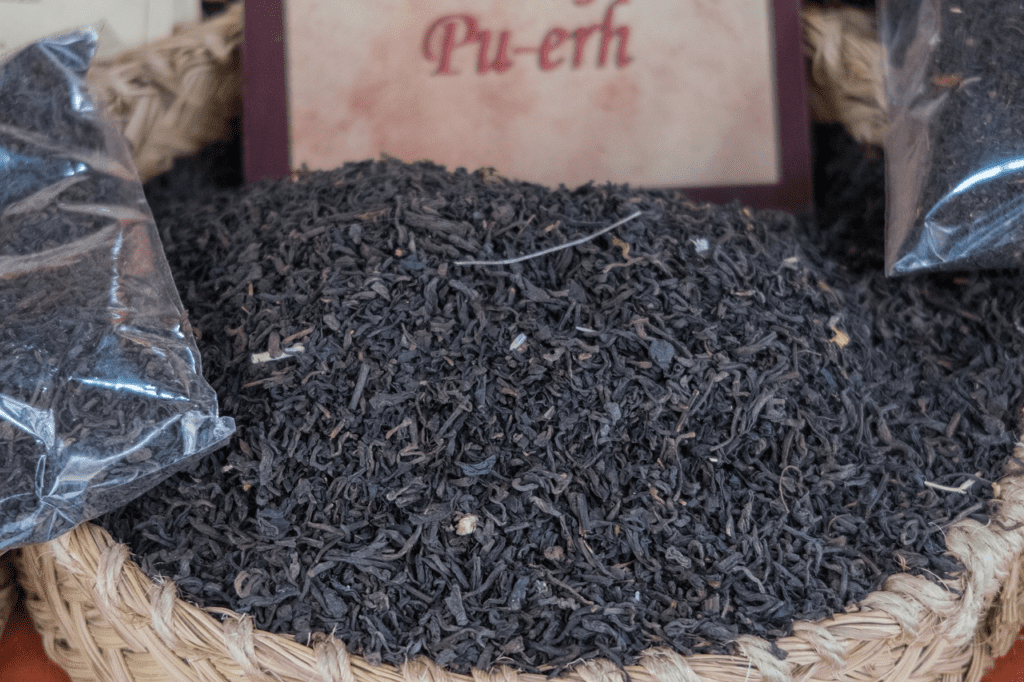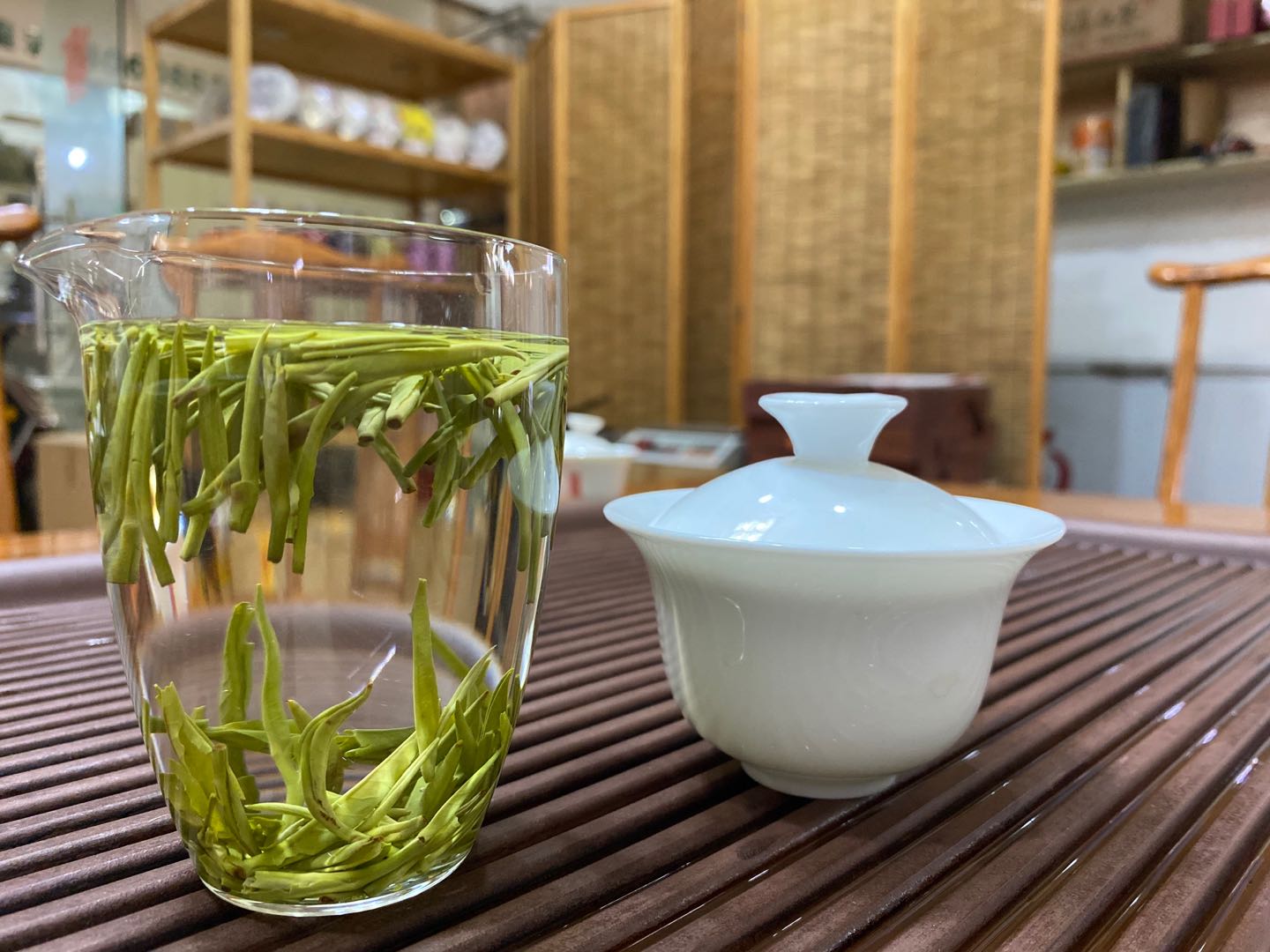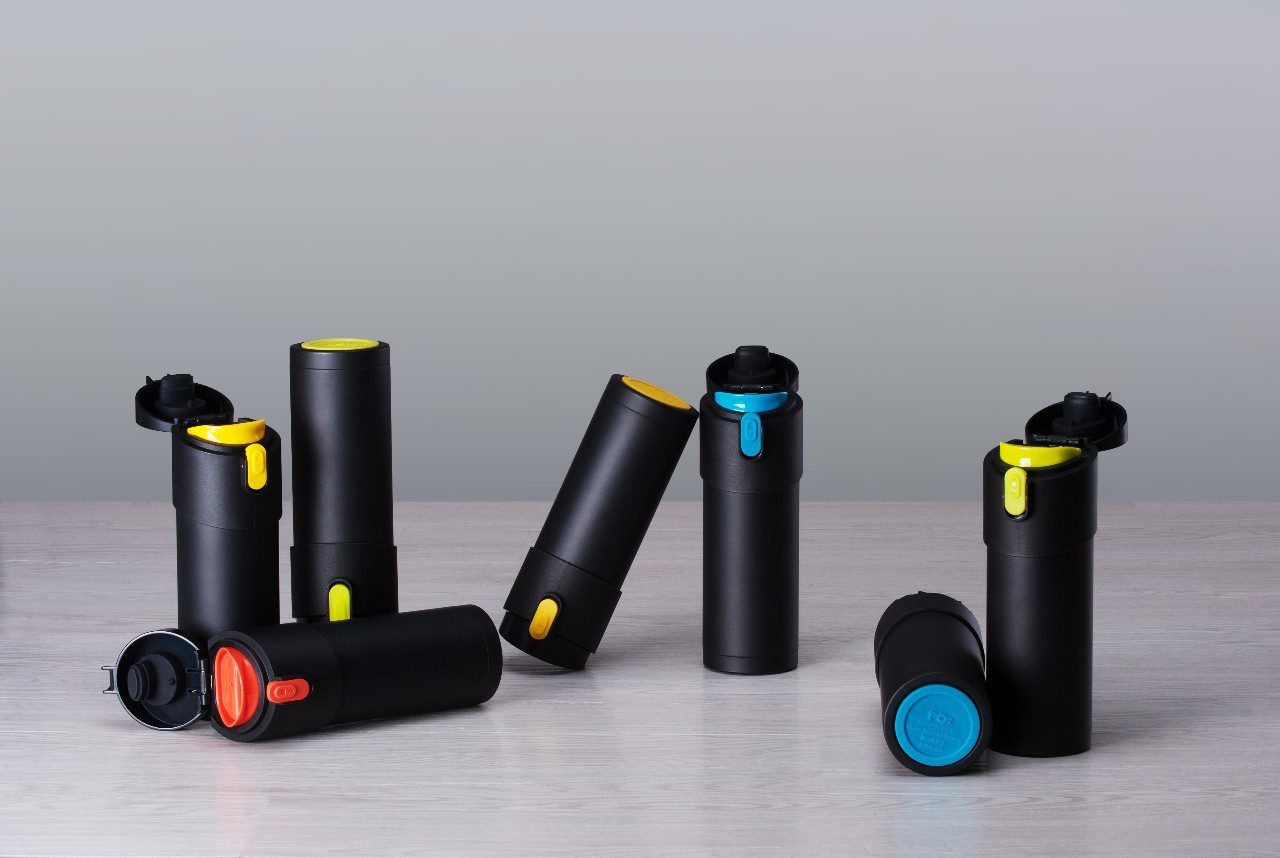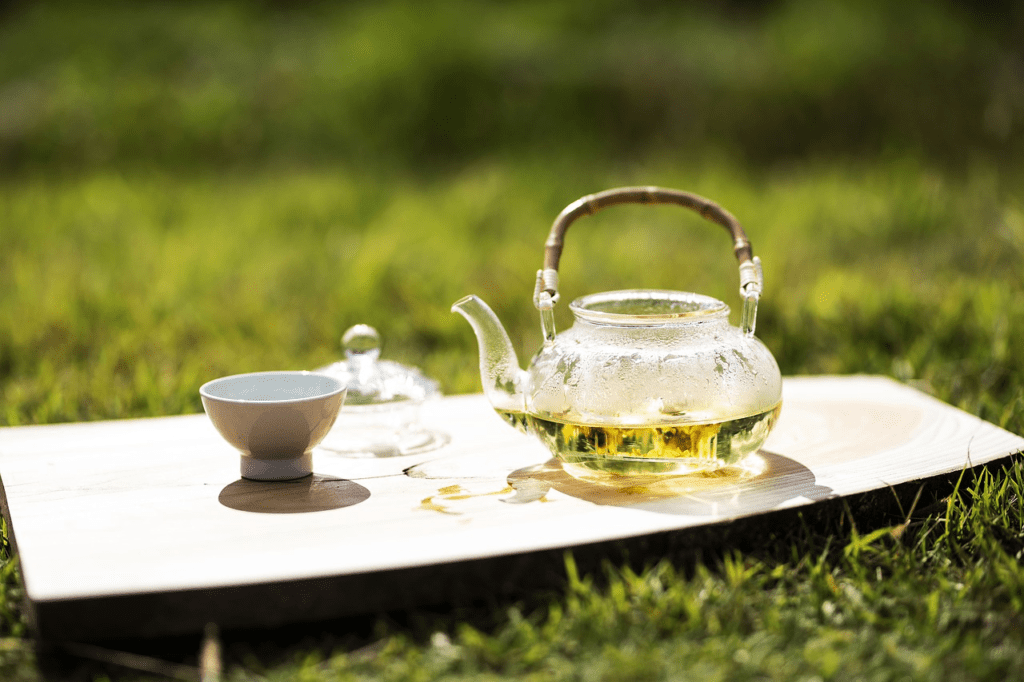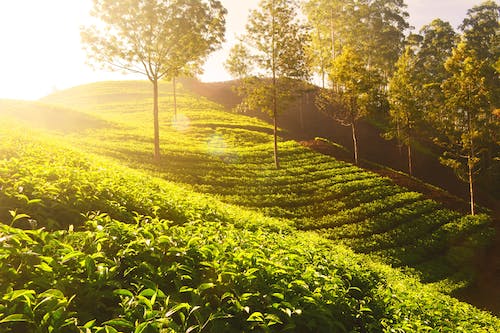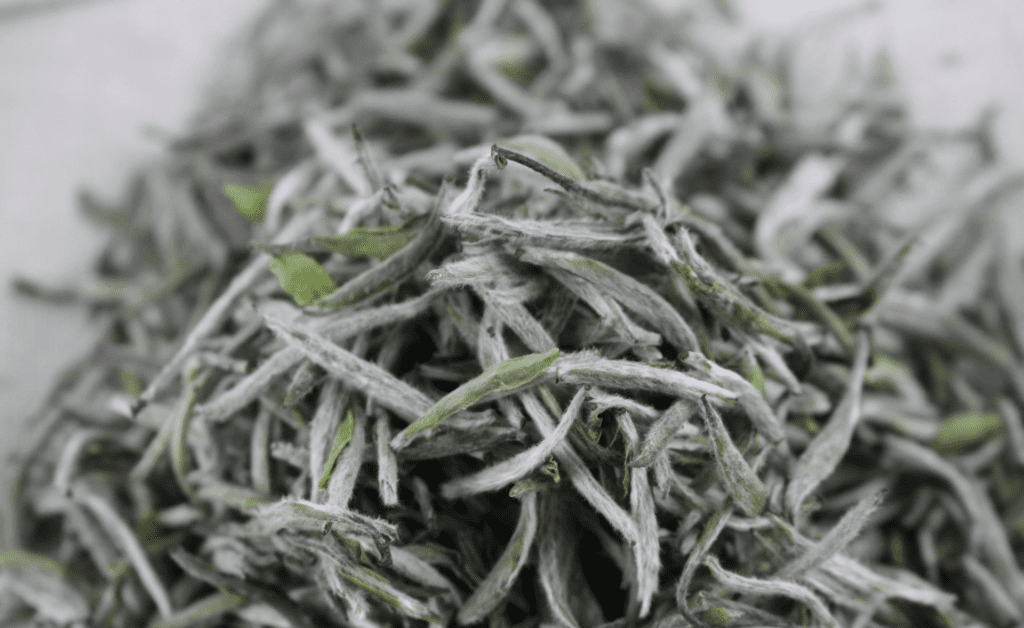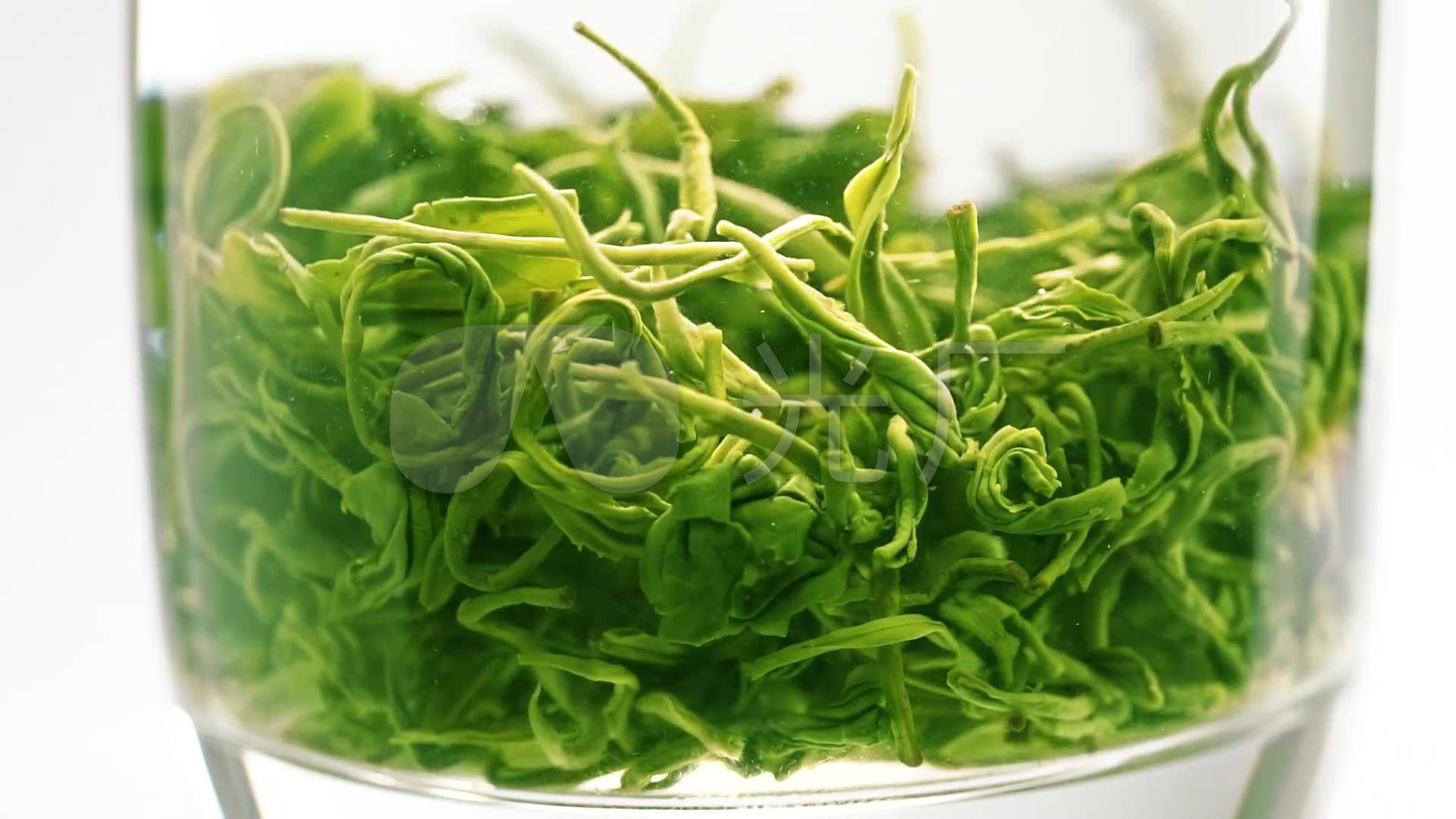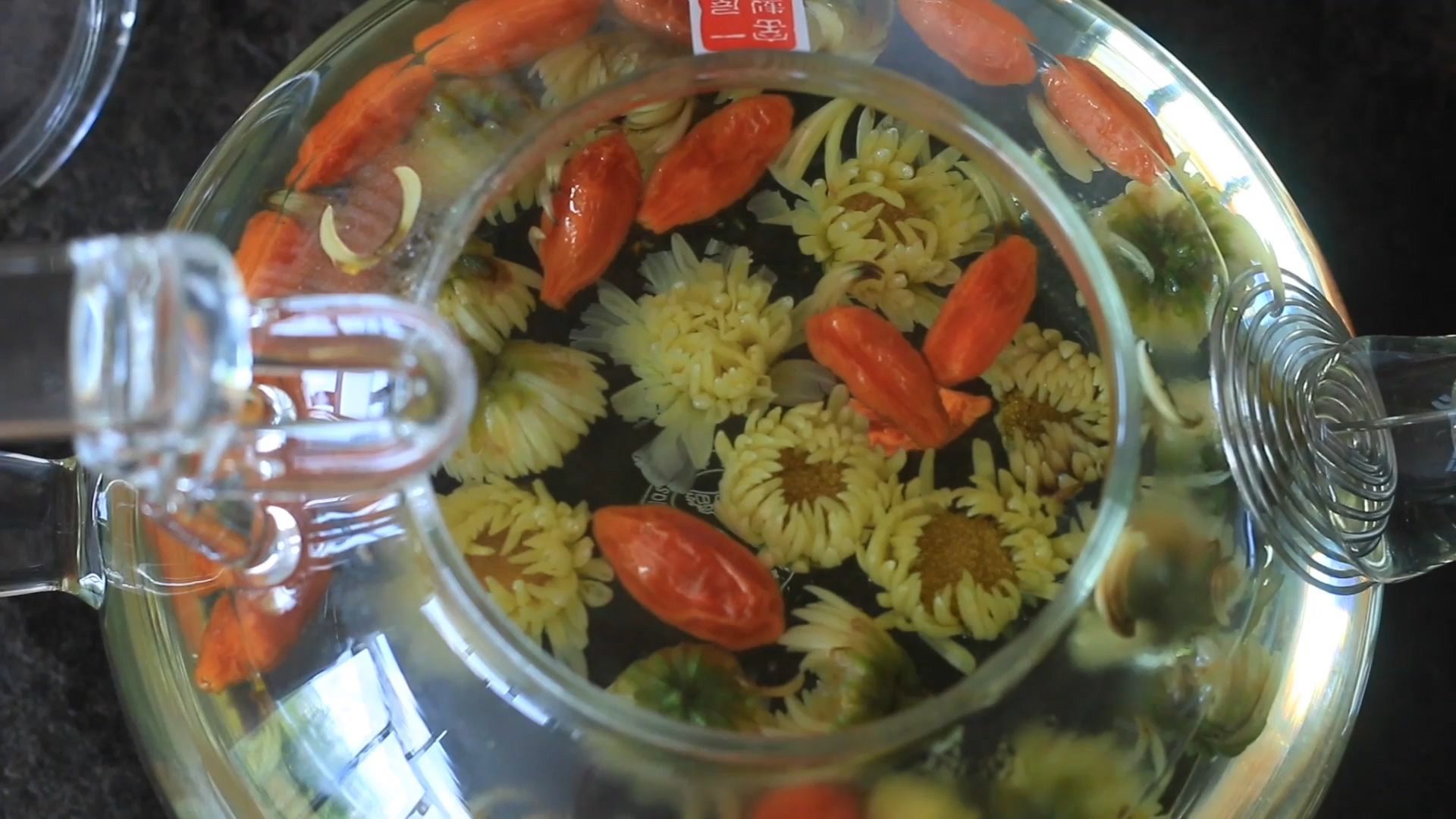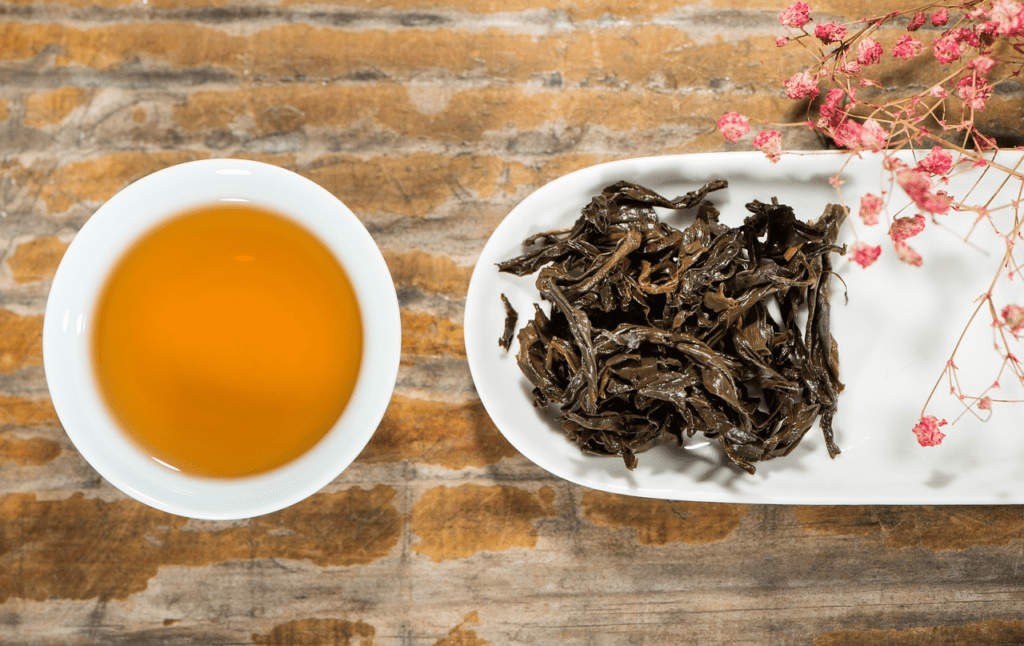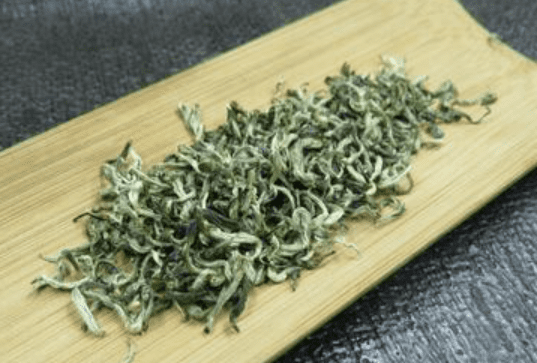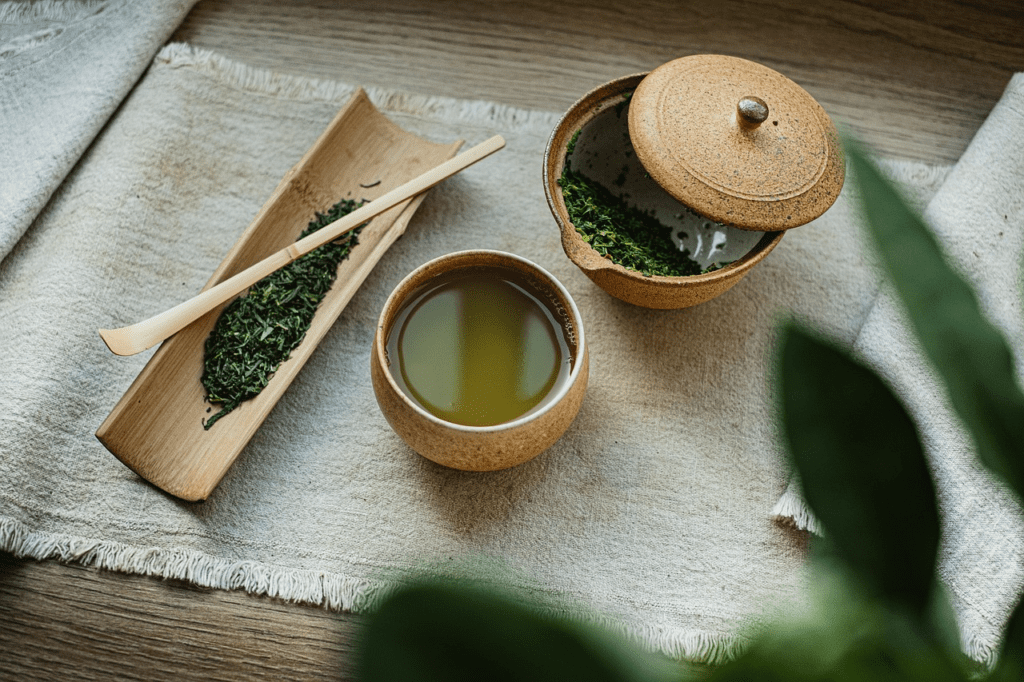Tea selection and preparation
Brewing a good cup of tea starts with choosing quality tea leaves. There are many different types of tea, each with its own unique flavor and characteristics. Whether it is the fragrant green tea, the rich and mellow black tea, or the long and leisurely oolong tea, choosing the right tea for your taste is the first step in brewing a good cup of tea. When choosing tea leaves, you can start from its color, aroma, shape, etc. Good tea leaves usually have uniform color, natural aroma and complete shape.
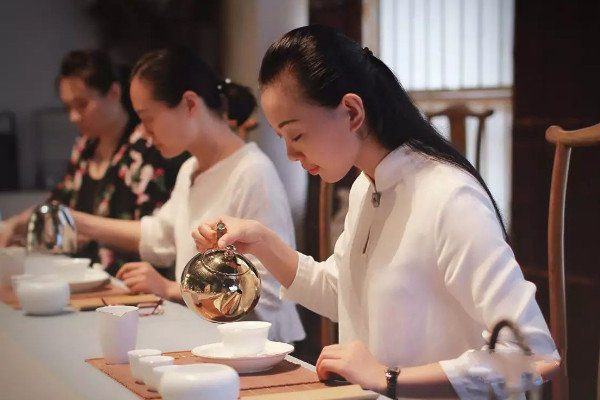
(Image source: Internet, deleted)
After preparing the tea leaves, you can proceed to the next step of preparation. Prepare the right amount of tea according to different types of tea and personal preference, usually 3-5 grams of tea leaves per cup of tea will do.
Water selection and temperature
The importance of water quality for brewing tea cannot be overstated. It is best to choose fresh mountain spring water, mineral water or purified tap water, so as to ensure the original flavor of the tea. The control of water temperature is also the key to brewing good tea, and different teas have different water temperature requirements. The water temperature for green tea is usually between 75-85 degrees Celsius, while black tea requires 90-95 degrees Celsius, and oolong tea requires high temperature water of 95-100 degrees Celsius.
Selection and cleaning of tea sets
Choosing the right tea set can also enhance the taste and experience of the tea. Common tea utensils include gai bowls, zisha pots, and glass jugs, each of which has its own unique advantages. Covered bowls are suitable for brewing green and black teas, while zisha pots are more suitable for oolong and pu-erh teas, and glass pots are suitable for floral teas and some green teas. Whichever tea set you choose, make sure it is clean and rinsed in hot water before each use to remove odors and maintain the aroma of the tea.

(Image source: Internet, deleted)
Warming the Cup and Moistening the Tea
Before brewing tea, use hot water to scald the teacups and teapots, this is called warming the cups. Warming the cups not only raises the temperature of the tea utensils to keep the tea hotter for longer, but also removes odors from the tea utensils and makes the tea soup purer. The next step is to moisten the tea, that is, the tea leaves into the teapot or gaiwan, injected into a small amount of hot water, gently shaking quickly after pouring, so that you can remove the surface of the tea dust and impurities, while letting the tea leaves initially stretch out, ready for the formal brewing.
Formal brewing
When formally brewing, put the right amount of tea leaves into the tea set and fill it with water of the right temperature, the amount of water is usually controlled at eight minutes full. Brewing time varies for different teas, with green tea generally taking 1-2 minutes, black tea 2-3 minutes, and oolong tea 3-5 minutes. The first brew is called the first course of tea, and has the strongest aroma, but a lighter flavor. The second brewing is called the second course of tea, when the tea flavor is the most mellow, and is also the most suitable for drinking. General tea can be brewed 3-5 times, each brewing time can be appropriately extended.
Tea Tasting Etiquette
Tea tasting is not only drinking tea, but also a cultural experience. When tasting tea, you should be in a happy mood and concentrate your mind to feel the aroma and flavor of the tea. Tea should be sipped gently, so that the tea slowly spread in the mouth, fully savor the flavor of tea. The environment of tea tasting is also very important, a quiet environment can make people more focused on the taste of tea, adding the fun of tea tasting.
Tea Ceremony and Culture
Tea art is an important part of traditional Chinese culture. By learning and mastering tea art, you can better appreciate the charm of tea. Tea ceremony includes many aspects such as selecting tea, preparing water, brewing, tasting, etc., each of which has its own unique skills and instructions. Learning the art of tea not only improves the skill of brewing tea, but also enhances the understanding and love of tea culture.
Tea Seat Arrangement
An elegant tea table arrangement can add a lot of color to the tea tasting. The arrangement of the tea table should be simple and generous, tea utensils, tea props should be placed neatly, the tea table can be placed on some tea flowers, tea pets and other decorations to add elegance of the tea table. The color of the tea table should be harmonious, avoid too bright colors, to maintain the tranquility and elegance of the tea table.
make friends
Tea is not only a drink, but also a socializing medium. Tasting tea with friends can enhance mutual affection and share the beauty of tea. When tasting tea, you should respect each other and avoid loud noises to maintain the tranquility and harmony of the tea table. You can share your feelings about tea with your friends, exchange tea tips, and make tea tasting a pleasant experience.
Maintaining decorum
Tea culture focuses on etiquette, tea tasting should pay attention to some basic etiquette. For example, when pouring tea to the guests should use both hands to show respect for the guests; tea should be softly spoken to show politeness; tea should be gently sipped and slowly drank, should not be swallowed in large mouths to maintain the elegance of tea tasting. Tea table should be avoided to turn over the tea utensils, to maintain the neatness and beauty of the tea table.
summarize
Tea brewing etiquette is not only a way of honoring tea, but also a way of caring for self and others. By mastering tea brewing techniques and tea tasting etiquette, you can better enjoy the good times that tea brings. In your busy life, you may want to take some time to meditate on brewing a good cup of tea, sip it with your friends, and enjoy the serenity and beauty of the moment. I hope this article can help you better understand and master the etiquette of brewing tea, so that every cup of tea is full of warmth and emotion.
